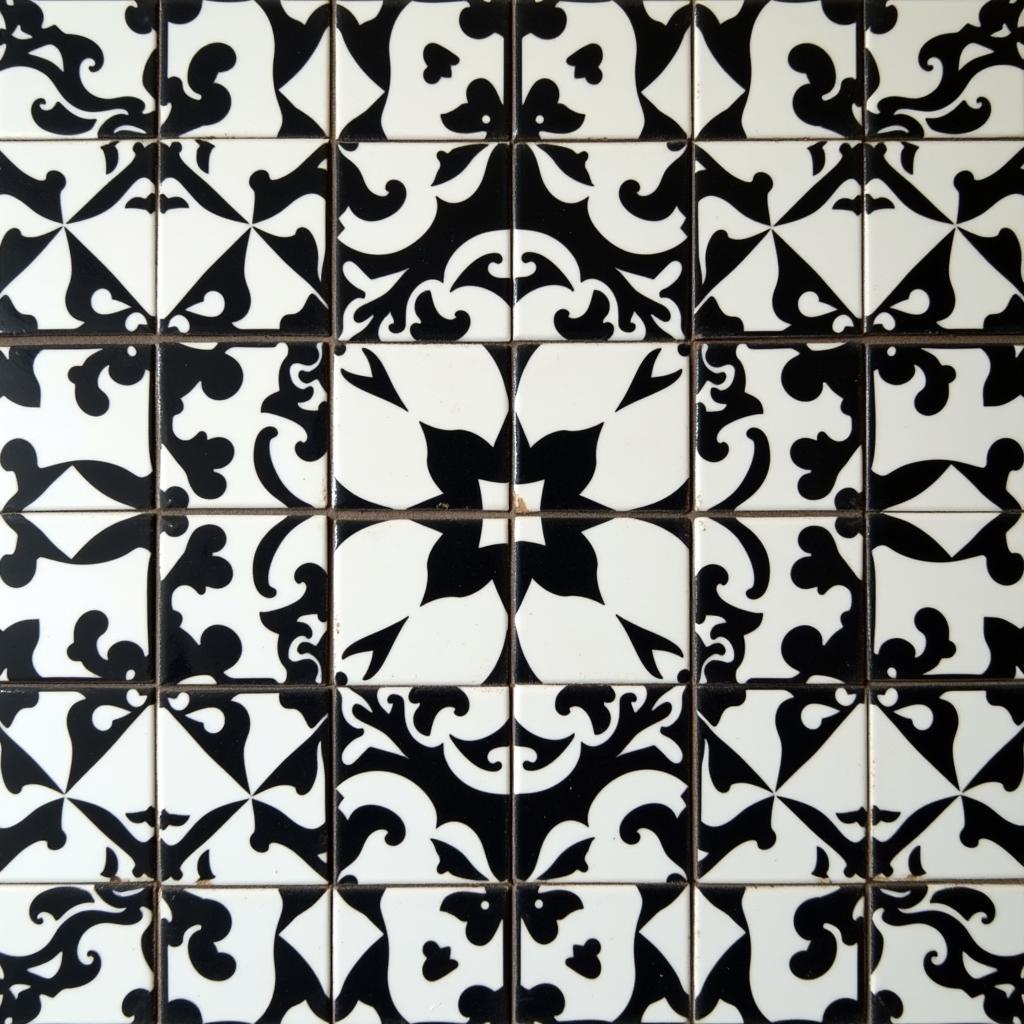Unveiling the Power of Analogy in Art
Analogy In Art is more than just a clever comparison; it’s a powerful tool that artists use to bridge the gap between the familiar and the unknown, the concrete and the abstract. By drawing parallels between seemingly disparate concepts, artists can unlock new layers of meaning, evoke powerful emotions, and challenge our perceptions of the world around us.
The Art of Making Connections: How Analogy Enriches Visual Language
At its core, analogy in art relies on the human capacity for associative thinking. We instinctively seek patterns and connections, and artists leverage this innate ability to guide our interpretation of their work. A simple example is the use of color to convey emotions: warm hues like red and orange often signify passion or anger, while cool blues and greens evoke tranquility or sadness. These associations, though culturally influenced, tap into our shared human experience, allowing artists to communicate complex ideas with immediacy and impact.
Beyond the Surface: Exploring Different Types of Analogies in Art
Visual metaphors, often employed in Surrealist art, present viewers with unexpected juxtapositions of objects or imagery, prompting us to decipher the implied connection. For instance, a melting clock draped over a tree branch, a recurring motif in Salvador Dali’s work, becomes a poignant metaphor for the fluidity and subjectivity of time.
Symbolic analogies, on the other hand, rely on pre-existing cultural or religious symbols to imbue artworks with deeper meaning. Religious iconography, often replete with symbolic analogies, provides a rich source of inspiration for artists seeking to explore themes of faith, spirituality, or the human condition.
Unlocking Hidden Meanings: Analogy as a Key to Artistic Interpretation
Interpreting art that employs analogy requires active engagement from the viewer. We are invited to step inside the artist’s mind, to unravel the threads of their thought process and decipher the intended meaning behind the visual cues. Abstract Expressionism, for instance, often relies on analogy to convey emotions and subjective experiences. By analyzing the artist’s choice of color, brushstrokes, and composition, viewers can glean insights into the emotions that fueled the creative process.
A Catalyst for Creative Exploration: Analogy as a Tool for Artistic Innovation
Beyond its role in artistic interpretation, analogy serves as a powerful catalyst for artistic innovation. By encouraging artists to look beyond the literal and embrace unconventional connections, analogy fosters experimentation and pushes the boundaries of artistic expression.
Consider the work of contemporary artists who draw inspiration from scientific concepts. By forging visual analogies between microscopic organisms and macroscopic structures, or by translating complex mathematical formulas into mesmerizing patterns and forms, these artists not only expand our understanding of the natural world but also challenge our preconceived notions of what art can be.
Conclusion: Embracing the Power of Analogy in Art and Beyond
Analogy in art is a testament to the human mind’s remarkable capacity for making connections and finding meaning in unexpected places. By understanding the role of analogy in art, we equip ourselves with the tools to decode complex layers of meaning, engage more deeply with artworks, and appreciate the boundless creativity of the human spirit. So, the next time you encounter an artwork that sparks your curiosity, take a moment to consider the power of analogy. You might be surprised by the hidden depths you uncover.





